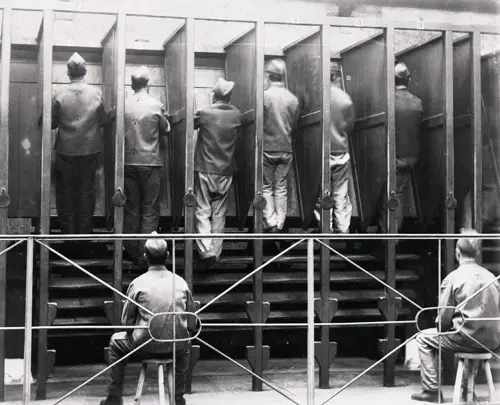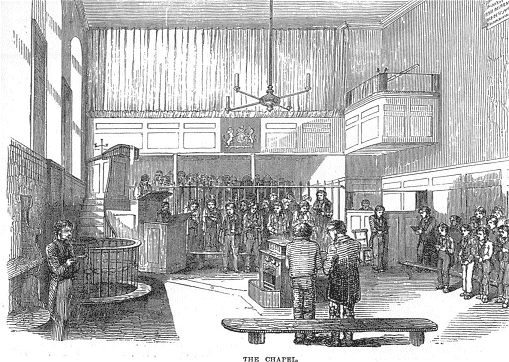The Victorian era justice system was good and effective.
In the early nineteenth century, court conditions and the treatment of both the victim and the accused was very different from today. Trials in court were often very quick. Prosecutors, judges and jurors had more power and choice than they do now.

Victorian crime and punishment
If you committed a crime in Victorian times which involved violence you could be legally horsewhipped- publicly. It was a great deterrent.
If you committed murder, kidnapping, rape, treason you’d be hung by the neck until dead.
The Cops were free to beat the hell out of mouthy criminals and to teach them manners.
The Police were feared and respected because they had real authority.

Kids were taught to respect their elders and the police and the punishment for not doing so was severe enough so that they learned early, not to do such things. The few gangs which existed were all controlled by the authorities and were the forerunners of the protection rackets run later by the Mafia.
A poor man had little chance in court against a rich man since everyone knew that the rich man’s word was always better than the poor man’s. A rich man could hit you to move you out of his way but if you were to hit him or push him you’d wind up in prison for battery. It was fun times indeed.
The justice system in Victorian England was actually the same as anywhere else. Based on the Westminster system, which separates legislative, executive and judicial powers, they would go where their crime falls. This means that parliament makes the laws. Depending on the crime, you can be sent to prison, which is the most common punishment.
The Victorian era was a time when in some ways the criminal justice system became more humane. The death penalty for most crimes was abolished for instance (it used to be that you could be hanged for something as trivial as stealing quite a small amount of money or property for instance).
Parliament was made up of the House of Commons and the House of Lords. The Commons had about 300 MPs, who were elected to represent their various constituencies. The party with the most MPs was the ruling party. During the Victorian era, the two main parties were the Conservatives (at the beginning of Victoria’s reign they were called the Tories, which is still their nickname) and the Liberals (who used to be the Whigs). In the late Victorian era the Labour party was created, but it did not have much impact on parliament until the 20th century.
The House of Lords was made up of hereditary peers (noblemen) life peers, and bishops and archbishops. The nobility was known as the Lords Temporal and the Bishops as the Lords Spiritual.
When the House of Commons voted to make an act law, it had to be passed by the Lords too. If the Lords voted against a bill, then it was thrown out and had to be presented again in the next parliamentary session.